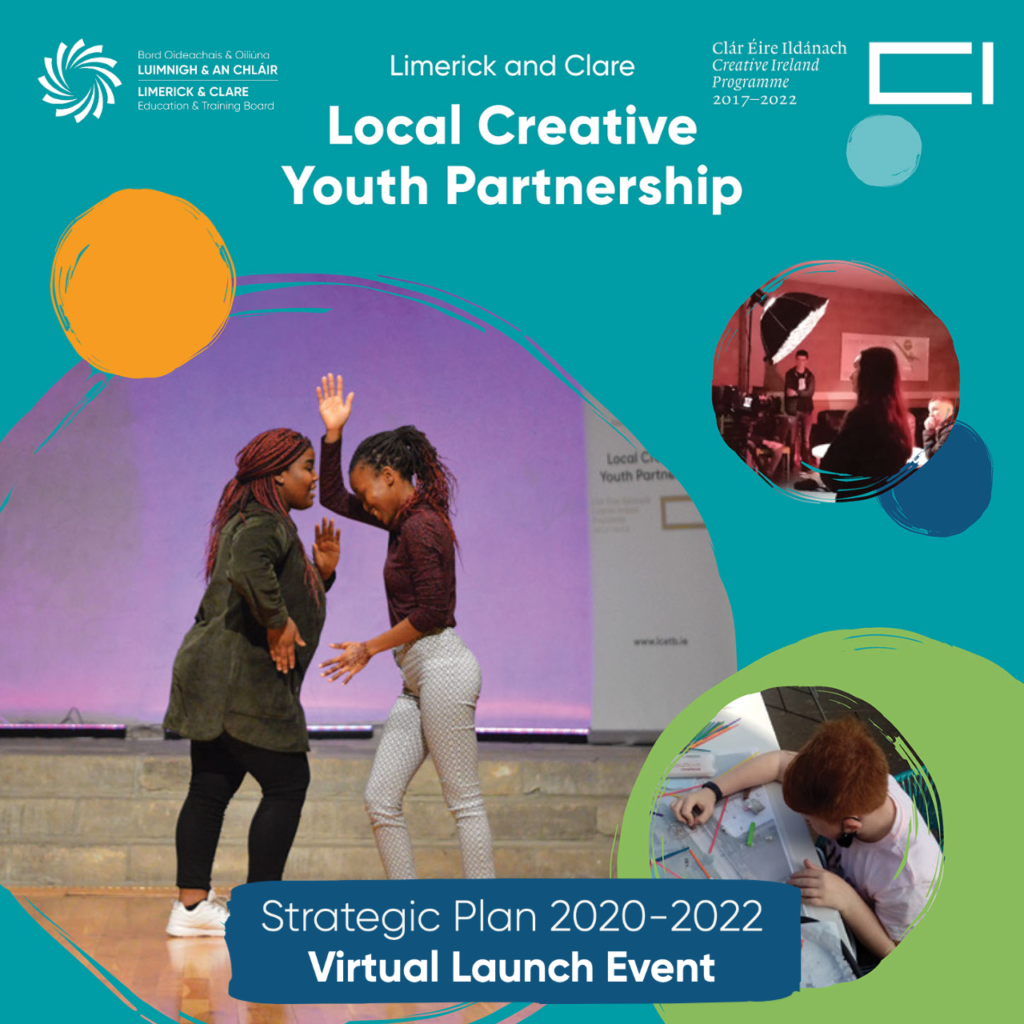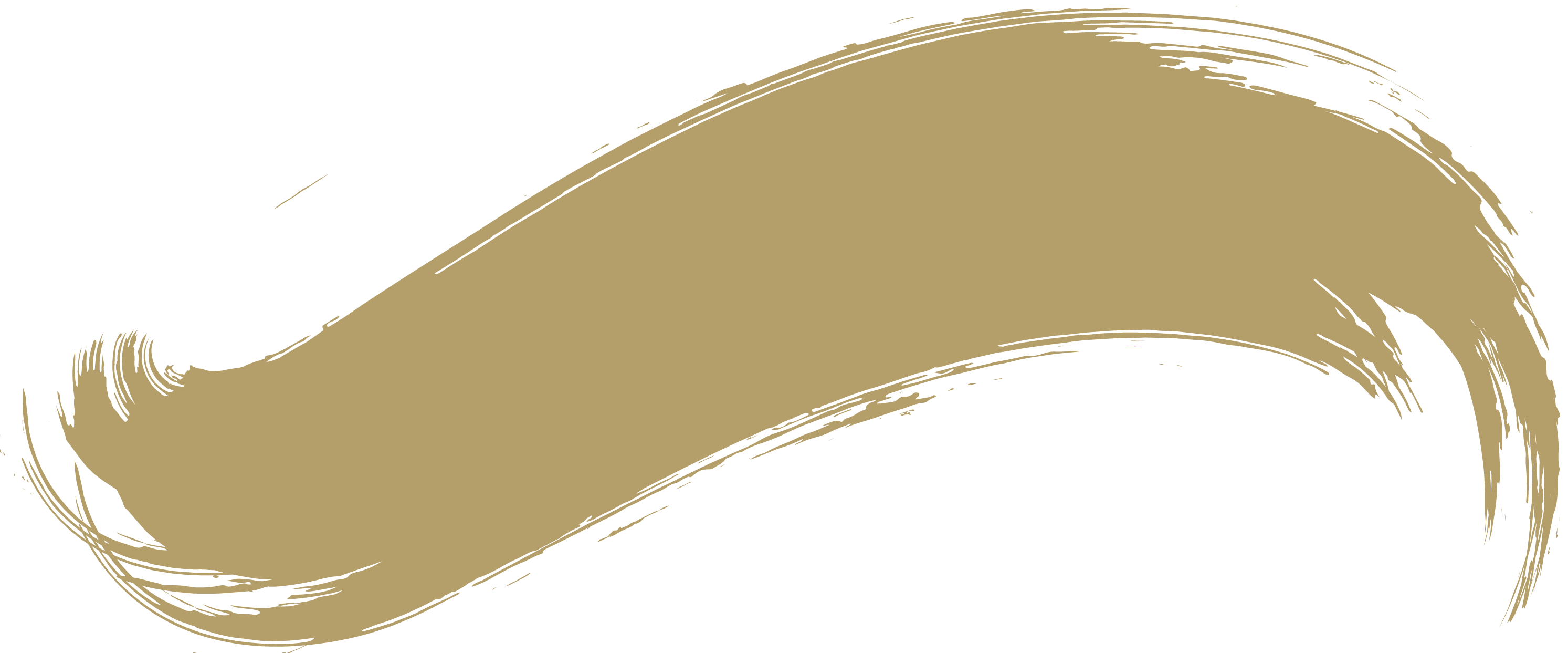The Strategic Plan identifies specific groups of young people to be prioritised in the establishment of creative programmes across Limerick and Clare. Young people living in communities of socio-economic disadvantage, those living with a disability, migrant young people and those living in remote, rural communities are all identified as priority groups for the work of the Partnership with immediate focus on communities in the Loop Head Peninsula, West Limerick and Direct Provision centres.
Speaking about the initiative, Chief Executive, George O’Callaghan, said:
“Partnership with stakeholders from the youth sector as well as from arts and culture is key to sustaining the work at hand. Limerick Youth Service, Clare Youth Service, Foróige, scouting groups and community and family resource centres are key collaborators, as are Arts and cultural bodies across both counties, particularly those with a youth arts remit.” He continued: “Also pivotal to the plan are Music Generation Limerick, Music Generation Clare, and the ETB’s strong Youth Work team within which the Local Creative Youth Partnership plays an integral part.”

Donncha Ó Treasaigh, Director of Schools, also spoke about the work being done with young people in the age range up to 25 and how the published strategy values the voice of the child and young person as a guiding principle for its work.
He said: “Consultation with young people in a range of settings continues to shape and influence the kinds of creative programmes presented. Through these consultations, young people have identified a wide range of activities that they would like to explore from the more conventional arts to aspects of environmentalism and popular culture.”
Monica Spencer, Creative Youth Partnership Co-ordinator, also spoke enthusiastically about the strategic plan:
“The voice of the very young child is integral to the work of Partnership, which has programmes in place with Limerick and Clare Childcare Committees. These programmes seek to hear the voices of those children in early years education and the non-verbal expression of babies through dance and creative movement.”
She continued: “Working closely with Hub na nÓg and Creative Ireland, the local Creative Youth Partnership adopts a rights-based approach, aiming to find those young people who are hard-to-reach and seldom heard, realising the overarching mission set out by Creative Youth which aims to enable the creative potential of every child and young person.”
For youth and community groups interested in finding out more about developing creative programmes in their communities, contact: monica.spencer@lcetb.ie.







